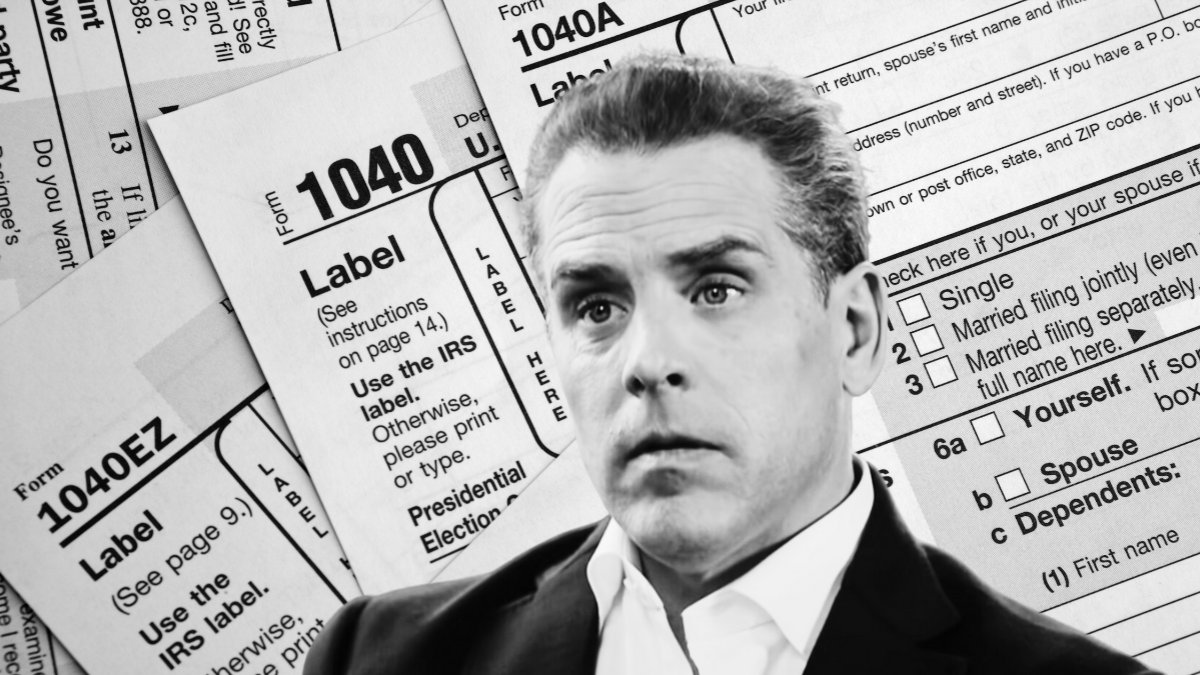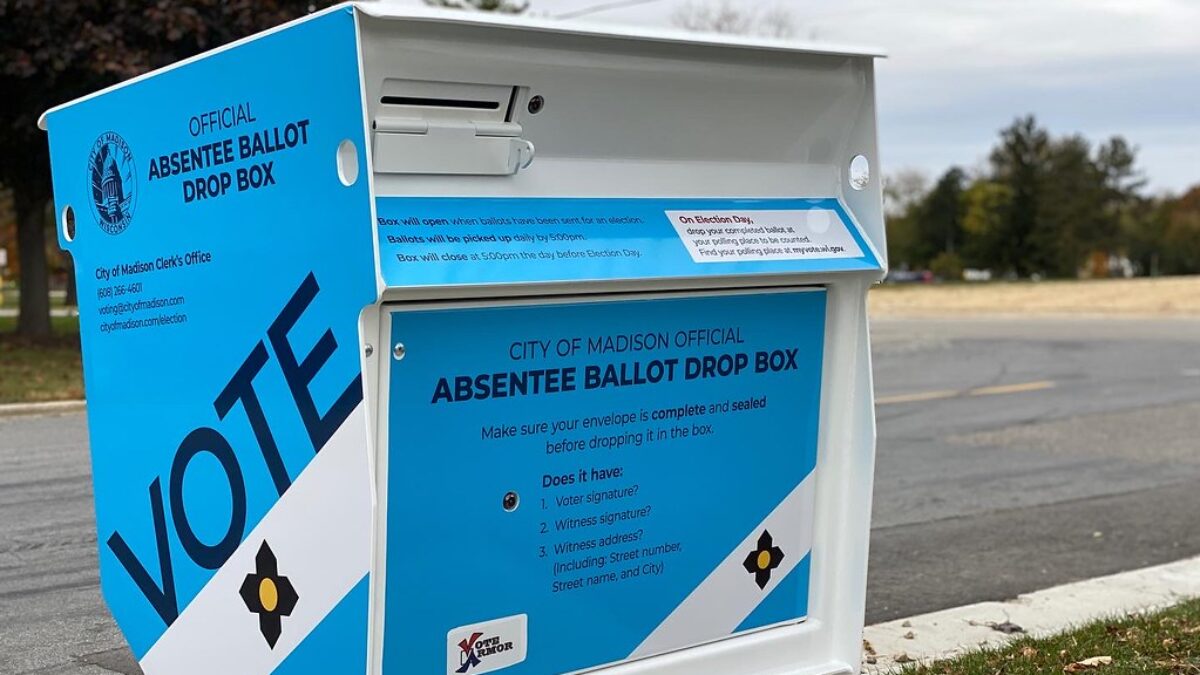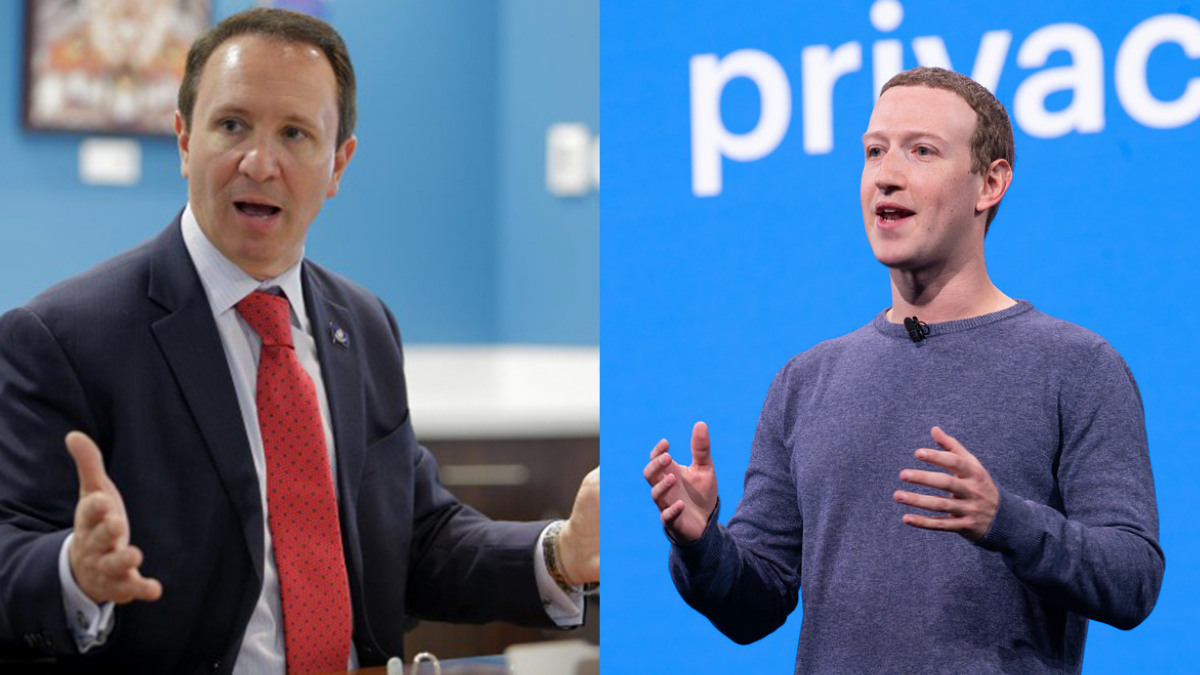
Billionaire Democratic Party donor Tom Steyer made himself a household name with his crusade to impeach President Trump. He is now leveraging his profile into a presidential campaign. The main effect of Steyer’s new vanity project will likely be to discredit his old one.
For the moment, Steyer has reason to think his efforts are bearing fruit. As I write, he has scored 3 percent in the latest Monmouth poll of Iowans, the third of four such polls he will need to reach the Democratic debate stage in September.
Steyer will also need 130,000 donors. His campaign believes they are on track to reaching that goal, which is not surprising. After all, Steyer spent more than $6.6 million in advertising, including $2.4 million on Facebook ads, during the first month of his candidacy (the Russians have nothing on Tom).
More important, in the quest for small donors, Steyer entered the 2020 race with the advantages provided by his recent forays into political advocacy. The Need to Impeach effort, on which Steyer spent a reported $50 million, collected 8.2 million names and plastered Steyer’s face all over cable television. During the midterm elections, Steyer reportedly spent another $57 million on NextGen America, which not only gathered names and registered voters, but also employed approximately 16,000 organizers. (NextGen America was originally named NextGen Climate; a related super-PAC still bears the name NextGen Climate Action.)
As these projects rolled out, there was widespread speculation that Steyer, by making himself the face of Need to Impeach, was considering a 2020 run. In December 2018, an anonymous LinkedIn ad for “state director” jobs in early primary and caucus states using language similar to ads for NextGen, fueled that speculation. Yet in January 2019, Steyer converted an expected announcement in Iowa into a town hall for Need to Impeach, declaring he was not running for president.
On July 9, Steyer reversed course, belatedly entering the Democratic primary contest. He defended the decision by expressing his increased frustration with the pace of House Democrats in pursuing President Trump. However, Steyer’s frustration—and the issue of impeachment generally—was absent from his announcement video:
It’s true. I’m running for president. pic.twitter.com/u8x2lZah7Z
— Tom Steyer (@TomSteyer) July 9, 2019
Instead, his line on social media was: “There’s a breakdown in Washington DC, and I don’t mean just Donald Trump.” The announcement video is devoted to denouncing the takeover of our democracy by corporate interests.
Steyer condemns the Supreme Court decision in Citizens United on the free speech rights of corporations. Steyer frames climate change as a case where corporations prefer profit over saving the planet. He makes similar attacks against pharmaceutical companies and banks. It is boilerplate Democratic rhetoric, completely redundant to that of most of the other candidates.
The announcement video does not refer to impeachment. President Trump appears for a couple of seconds in the four-minute ad. Mitt Romney gets more screen time, while Donald Trump Jr. and former Trump campaign manager Paul Manafort also get cameo appearances.
Downplaying impeachment has become a pattern in Steyer’s campaign. He has released one Trump-centric ad, but it does not discuss impeachment. Instead, Steyer compares his business record to that of Trump, calling the president a fraud (as if Trump’s business record was not debated at length in 2016).
Similarly, Steyer’s Facebook page has only mentioned impeachment twice in the past couple of weeks. On August 2, the campaign reposted news that a majority of the House Democratic caucus now backs an impeachment inquiry. On July 30-31, Team Steyer unironically mentioned that impeachment was missing as a topic during CNN’s primary debates, seeking one-dollar donations to “help us get impeachment on the debate stage.” In recent days, there has been more in the Steyer Facebook feed about gun control (and the imagined omnipotence of the National Rifle Association), climate change, and even STEM education.
On its face, Steyer’s campaign strategy might seem bizarre. He built his name identification with the Need to Impeach campaign. Steyer could own impeachment as an issue in the way Trump owned illegal immigration in 2016, or H. Ross Perot owned the deficit as an issue in 1992 before he dropped out as an independent candidate.
Granted, impeachment is a big-time loser as an issue with the general electorate. But it is popular with a swath of Democrats, particularly the highly active leftist voters we are repeatedly told are driving Democrats’ nominating process. The ability to lock up a sizable bloc of voters is invaluable in a large field of candidates. So why is Steyer avoiding the brand he so relentlessly built for himself?
The most likely answer is that Steyer’s campaign demonstrates the hollowness of Democrats’ impeachment drive. If Steyer ran as Mr. Impeachment and lost the nomination—as he likely will—it will expose the weakness of his cause.
Alternatively, were Steyer to become the nominee, the general election would render impeachment an effectively moot issue. As things stand now, the most realistic path for Democrats to remove President Trump from office is at the ballot box in 2020. The existence of Steyer’s campaign concedes as much.









